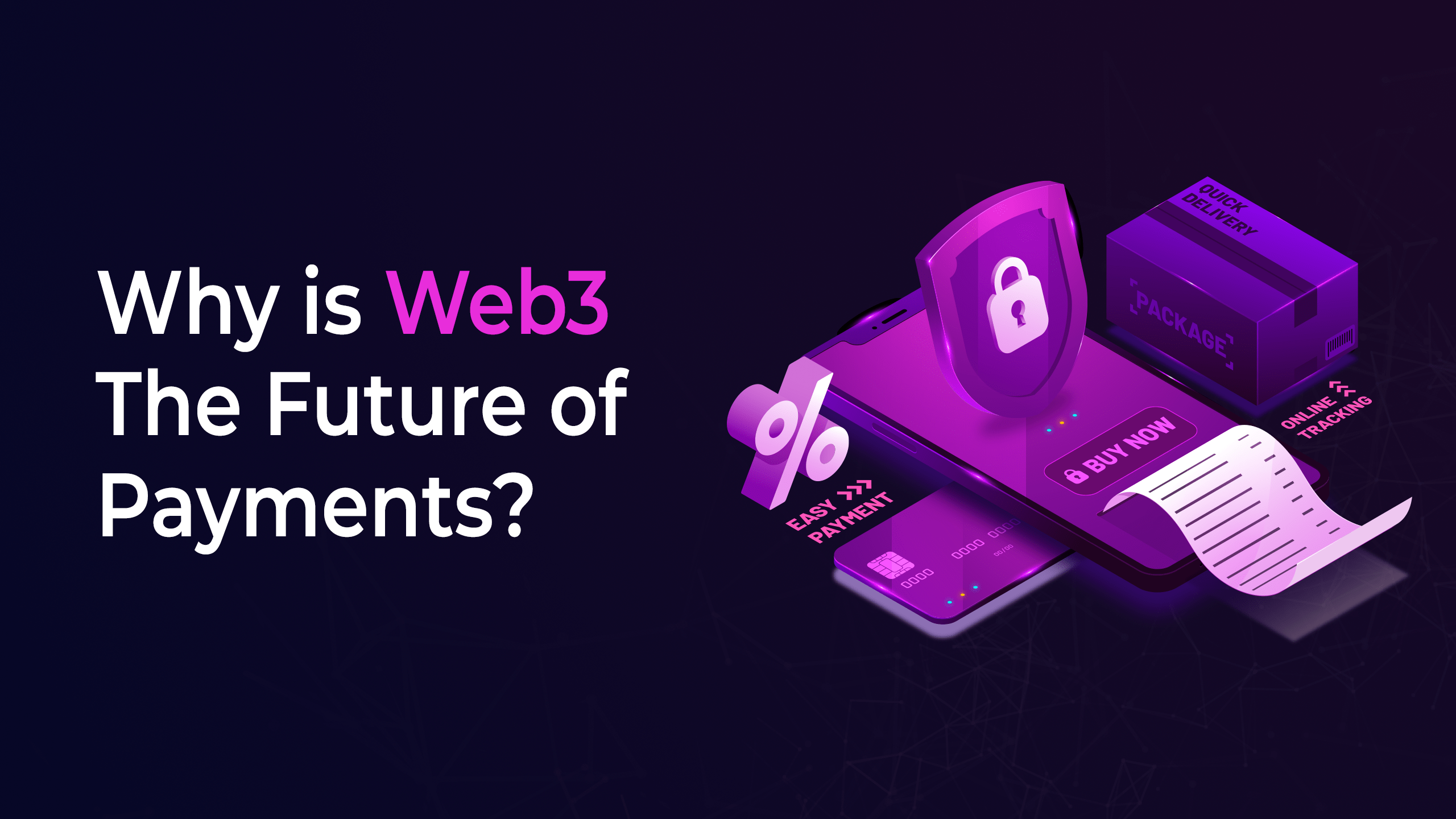With Web3 payments, the internet is set to be completely revolutionized. In order to fulfill Web3’s ambitions, we have to change the way money is sent and received.
There is probably someone in you who knows you. There are often too many hoops to jump through when buying things on the internet or sending money to friends.
Does Web3 really have the potential to revolutionize internet payments? Is there already a Web3 payment service?
What is Web3?
The Web3 initiative aims to improve Internet accessibility and democratic participation. It also uses Blockchain as an efficient way to power the Internet so as to curb the power wielded by a few large tech companies.
In place of private companies, a decentralized network would verify all processes by storing all data metrics in one place. Moreover, no third party would be involved in the exchange of currency or information.
Why is Web3 the future of payments?
Web3 payments facilitate money exchange without centralized intermediaries, in line with privacy and democratization ideas. It is easy, quick, and anonymous to send money. Peer-to-peer exchanges eliminate middlemen, meaning that technology companies’ infrastructure is not needed to process payments.
Finance and money bureaucracy will be reduced through Web3. The service will not require people to register for financial services or grant access to their financial and personal information to companies. Since Web3 data is encrypted, online purchasers can also be safe in the knowledge that their personal information and transaction details are secure.
The Web3 payment system could also enable people to exchange and hold a wider range of currencies, allowing them to gain access to a greater variety of financial opportunities. It will be easier to invest and gain access to the financial system when crypto and other currencies can be paid in easily.
Additionally, Web3 payments are much quicker because there is no bureaucracy involved. On the blockchain, payments settle in just a few minutes or even seconds, as opposed to days or weeks for traditional Web2 payments. By removing complex currency conversions and high remittance fees, Web3 payment systems simplify international transfers.
Decentralized Finance (DeFi) is a form of Web3 payment.
In exchange for their services, banks charge fees and require data submission. Their goal is to combat the control of large financial institutions. They manage money movements using secure ledgers and are challenging banks’ control.
Examples of Web3 payments
Ethereum
Blockchains such as Ethereum are decentralized, open-source, and decentralized. Users can trade cryptocurrencies, borrow and lend, without requiring authorization from third parties, through the platform.
Many other Web3 decentralized applications can be developed on the Ethereum platform, aside from the Ether token. There is no hierarchy, no permissions, and no centralized exchange.
The platform also allows trading and buying of NFTs. There are few platforms that can match it in terms of innovation in the field of web3 payments.
Paypal
Moreover, current Web2 technology companies will also need to lead innovation in Web3, as they already have the infrastructure and capital to innovate.
Over the past few years, PayPal has experimented with Web3 processes. Blockchain processes and a crypto token are currently being researched and implemented into the company’s business model.
Paypal announced in June 2022 that cryptocurrency could be moved from user accounts to other wallets and exchanges. The PayPal service will be able to exchange cryptocurrency among users in the future.
In a similar way to how it revolutionized Web2 payments, Paypal hopes to further expand frictionless exchanges on the blockchain.
OpeanSea
Among other crypto commodities, OpenSea allows users to buy and sell NFTs.
Connecting personal wallets to OpenSea provides users with the option to buy or sell directly on the platform. There is no centralized system for transactions; instead, peer-to-peer payments are made between buyer and seller.
Using the blockchain, OpenSea transactions are completed according to Web3, and international transactions operate exactly as they would locally.




